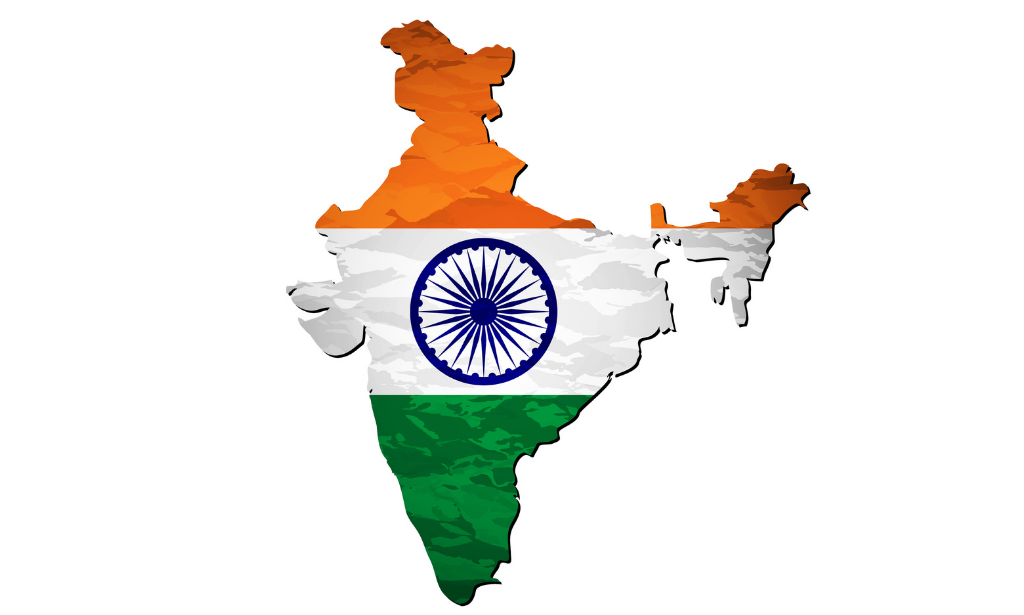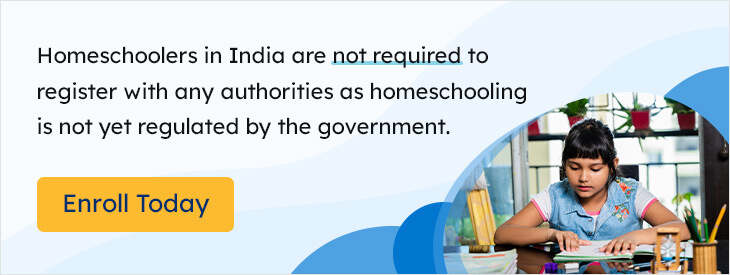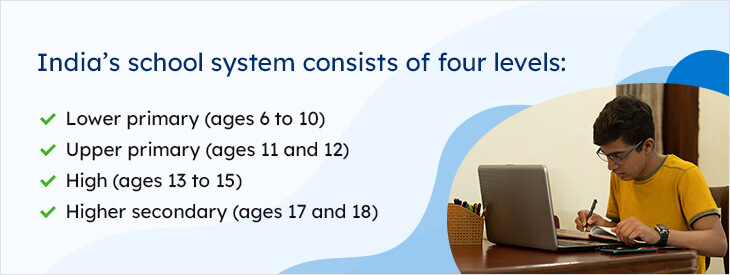Just like any other type of schooling, homeschooling is an international endeavor. Millions of families around the world have made the decision to take their child’s education into their own hands, especially during and in the wake of COVID-19. And, like the United States, every country has its own opinions, philosophies, and laws surrounding homeschooling.
In this monthly series, we’ll take a look at different countries around the world and how they view homeschooling as well as the types of laws (if any) those countries have to govern homeschooling. The first country we visited was the second-largest country in the world, and the northern neighbor to the United States–Canada. Then we went island hopping to the Philippines and Puerto Rico before cruising on over to South Africa. We headed back to the Caribbean to the Dominican Republic, traveled all the way to Thailand, made our way back to Mexico, and then journeyed to the Middle East to explore homeschooling in Qatar and Saudi Arabia! After our first venture into Europe to look at Spain, we’re now heading back to Asia where we’ll look at homeschooling in India!
India is a fascinating country with a rich history and diverse landscape. Some fun and interesting facts about India include:
- It is the most populated country in the world.
- Approximately 1.437 billion people call India home–just ahead of China!
- Size-wise, India ranks #7 in the world at 3.287 million square kilometers.
- India is the largest democracy in the world.
- India’s official languages are Hindi and English, though 22 languages are formally recognized. It’s estimated that there are nearly 20,000 languages and dialects spoken in India alone!
- The endangered Bengal tiger is India’s national animal, which has grown in population through conservation efforts. In fact, 70% of the world’s tiger population resides in India.
- Hinduism, the oldest religion in the world, is the most popular religion in India.
- Only the United States has more English-speaking residents than India–an amazing 125 million people speak English there.
- India has only been a free country since 1947. Prior to that, the country was ruled by Britain for nearly 90 years.
- With nearly 1.5 million troops, India’s military is the second-largest in the world.
- Nearly three-quarters of all the spices in the world come from India.
- An estimated 20% to 40% of India’s population are vegetarians.
- There are more than 300,000 mosques in the country.
- India’s highest point is Mt. Kangchenjunga. At 28,169 feet tall, it is the third-tallest mountain in the world–not far behind its Himalayan neighbor Mt. Everest in nearby Nepal.
- India’s 10 largest cities all boast a population of nearly 3 million people, led by the capital city of Dehli (nearly 33 million) and Mumbai (nearly 22 million).
Rules and Requirements for Homeschooling in India
While not yet a mainstream form of education in India, homeschooling is gathering momentum as an education option, especially in the larger metropolitan areas of Bangalore, Mumbai, and Pune. Homeschoolers in India are not required to register with any authorities as homeschooling is not yet regulated by the government.
The Indian government’s stance on homeschooling has been, more or less, “do what you want, but we’re not getting involved.” It’s perfectly acceptable for parents to keep their children at home to learn, but they shouldn’t expect any help or oversight from the government or any other regulatory body.
According to the Home School Legal Defense Association (HSLDA), most homeschoolers in India follow the Central Board of Secondary Education (CBSEC) curriculum, state curriculum, or the Council for the Indian School Certificate Examinations. Homeschooled students can appear for board examinations conducted by the National Institute of Open Schooling (NIOS) after they turn 14 years old, or they may opt for the International General Certificate of Secondary Education (IGCSE) exam, an internationally recognized qualification for secondary students that makes them eligible for college in India.
Due to the lack of formal recognition of homeschooling by the government, it’s difficult to pinpoint how many students in India are actually homeschooled. Along these lines, there is not an abundance of homeschool groups or websites that provide information on homeschooling in general, curriculum and study materials, or other topics homeschooling websites and groups typically offer.
That said, If you live in India, or are planning on moving there, and you’re interested in homeschooling, there are a few groups and websites (primarily on Facebook) that can help provide support, answer your questions, and assist you along the way.
- Swashikshan – Indian Association of Homeschoolers Facebook Page
- Homeschoolers’ Nook Facebook Page
- Homeschooling India
- Homeschooling Support in India
- Homeschooling India Parents
- Homeschooling & Alternative Education in India
Much like many of the other countries we’ve profiled, there is certainly no shortage of field trip or educational adventure ideas in India! The Taj Mahal in Agra, Aurangabad, Chittorgarh, Delhi, Jaipur, and Kolkata (just to name a few) are loaded with history, sites, and culture that make India such a wonderful place to learn and study.
India’s School System
India’s school system consists of four levels: lower primary (ages 6 to 10), upper primary (ages 11 and 12), high (ages 13 to 15), and higher secondary (ages 17 and 18). The lower primary school is divided into five “standards”, upper primary school into two, high school into three, and higher secondary into two. Through the end of high school, students in India generally learn from a common curriculum, part of which includes studying three languages.
Looking at the bigger picture, education in India is broken down into three main streams, two of which are coordinated at the national level. These schools generally follow the CBSE syllabus, as do many private schools in the country. Another central form of education is the Indian Certificate of Secondary Education (ICSE), which comprises several private schools. The CBSE and ICSE council conduct their own exams in their affiliated schools after high school and again two years later.
Additionally, each state within the country contains its own Department of Education that operates its own school system consisting of its own textbooks and evaluations. This is all overseen by the State Council for Educational Research and Training (SCERT), which follows the guidelines of the National Council for Educational Research and Training (NCERT). Within each state there are government-run schools, privately owned schools, and government-assisted schools, which operate through grants and government aid.
A typical school day in India is not unlike one here in America. Classes generally begin around 9:30 am and run until 12:30 or 12:40, which is a designated lunch break. A 15-minute break around 11:00 am is also common. Lunch ends around 1:30 pm, and students return to class until about 4:00 pm. The school year runs for approximately 180 days.
Compared to other countries around the world, India ranks #34 out of 87 countries according to U.S. News & World Report’s 2023 Best Countries for Education research, which falls slightly ahead of the middle of the pack.
So, why homeschool in India? Well, the inconsistent global education rankings may play a part in some parents’ decision to homeschool their child. But many families in India have chosen to homeschool for some of the same reasons so many American families do–the COVID-19 pandemic, a cookie-cutter education system, and bullying, among others.
Bridgeway in India
Bridgeway Academy is ready to be the homeschool partner for students and families in India. If you’re currently living in India or are planning on moving there, remember that Bridgeway offers plenty of amazing homeschool programs–plus accreditation, record-keeping, and support–that can be used anywhere in the world! And, don’t forget to look up fellow Bridgeway families–it’s a community that can be found in nearly two dozen countries across the globe, and the Bridgeway community is a strong one.
Download our free PDF about homeschooling with a U.S. based program and then contact our admissions team today at (800) 863-1474 to start your homeschool adventure. Stay tuned–we’ll be bringing you homeschooling info from another international location soon!










